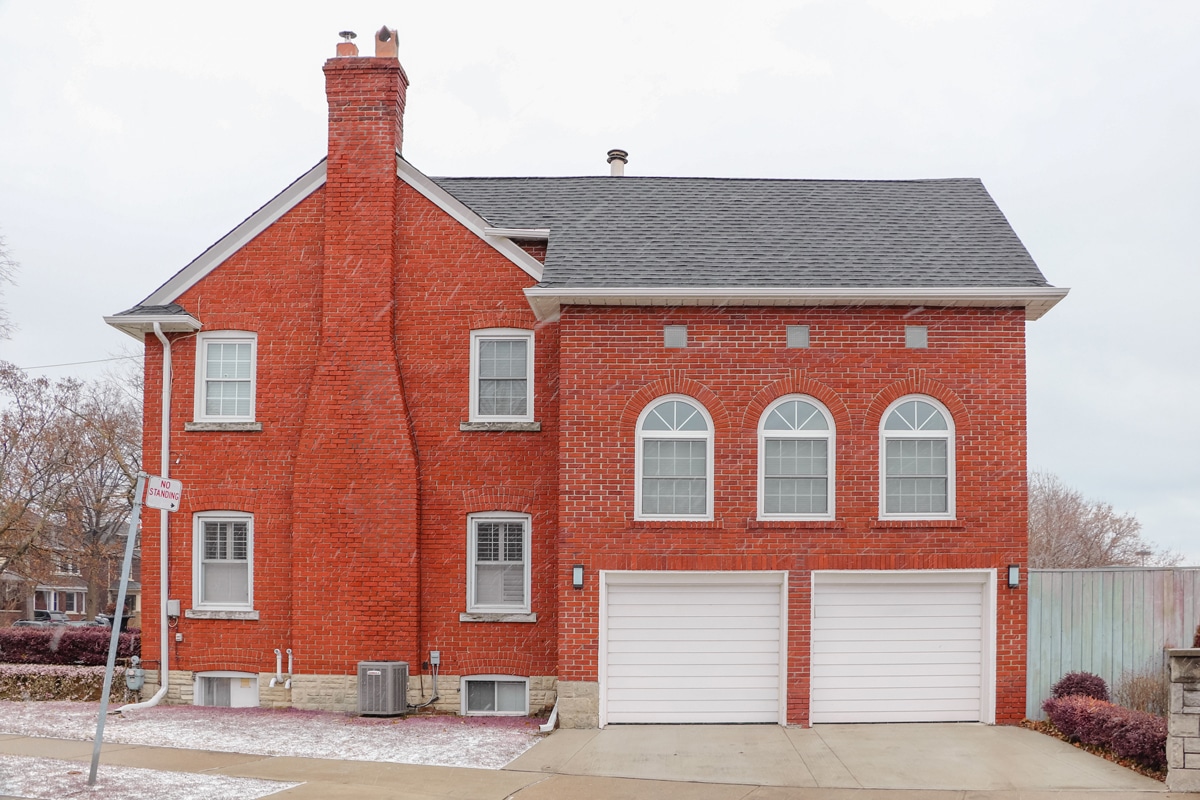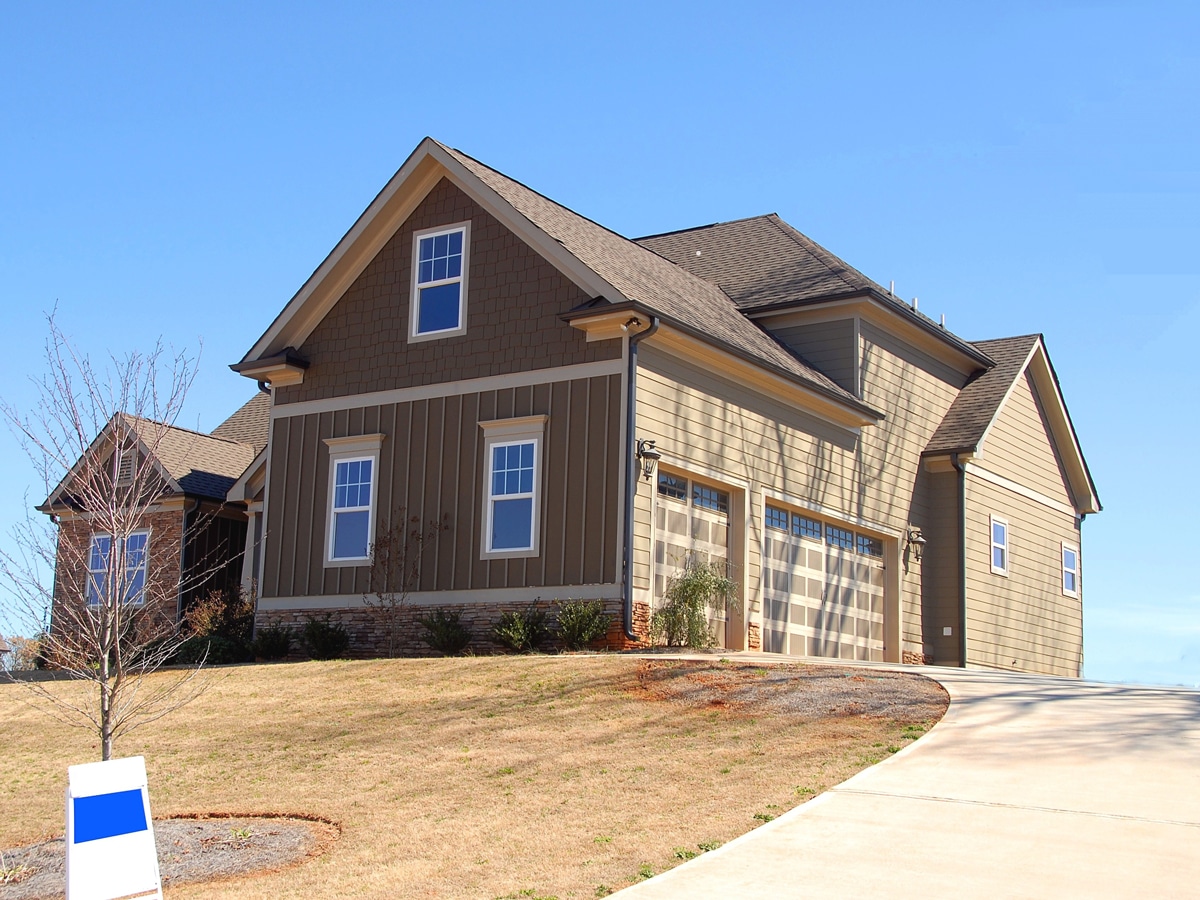Converting a garage into a living space is an excellent way to update your home and add extra functional space. Although it may seem like a daunting task, with the right plan and attention to detail, you can turn your garage into an inviting living area that will serve your needs for years to come.
This guide will provide step-by-step instructions for transforming your garage into a comfortable and useful living space. From planning to construction, this guide will outline the necessary steps to successfully convert your garage into an inviting place of relaxation and recreation. Get ready to start planning your dream space!
1. Gather Your Supplies
When you start the process of converting your garage into a living space, it’s important to make sure you have all the necessary supplies on hand. In addition to basic building materials such as drywall or plywood, you will also need insulation, electrical wiring, and plumbing supplies if you plan to include a bathroom. You may also want to invest in a few tools such as saws, drills, hammers, and screwdrivers to make the conversion process easier.
2. Plan Out Your Design
Once you have all your supplies ready, it’s time to start thinking about the design of your living space. Consider the size and shape of your garage, as well as what type of living space you’d like to create. Will it be a one-room studio apartment, or do you want to include separate areas for sleeping and living? Once you have an idea of how you want the space to look, begin sketching out your plans on paper.
3. Consider the Roofing
When converting your garage into a living space, roofing is an important factor to consider. You will want to make sure that the roof is structurally sound and free of any water damage or leaks. For instance, there are types of garage roof sheets that are designed to keep the roof weatherproof and durable. If you’re considering any major changes, such as raising the roof or adding additional layers of insulation, it’s important that you consult a professional contractor about these plans. Additionally, if your garage is detached from the main house, you may need to invest in an external heating system for cold winter days.
4. Prepare the Garage for Conversion
Since garages are not typically built for living, there is a lot of preparation that must be done before the conversion can take place. First, you’ll want to make sure that the walls and ceiling are insulated properly to ensure comfortable living conditions year-round. You may also need to add electrical outlets, light fixtures, and heating/cooling systems depending on the space and your intended use.
Additionally, you’ll need to make sure that the flooring is safe, secure, and comfortable for living in. If necessary, apply a waterproof sealant to the concrete or install new flooring altogether. Once these steps are completed, proceed with making additional aesthetic improvements such as painting walls and adding window treatments. on the space and your intended use.
5. Choose a Flooring Option
If you want to convert a garage into a living space, you’ll need to choose the right type of flooring. Consider your budget and the amount of traffic that will be going through the area when making this decision. If you’re on a tight budget, carpet or linoleum may be a good option for your converted garage space. For areas that will experience more traffic, tile or hardwood flooring may be a better choice.
When thinking about the materials you want to use, always make sure they are able to withstand moisture and temperature changes in order to ensure that your new living space remains safe and comfortable. Additionally, it is important to choose flooring that looks modern and fits with the style of your home.
6. Install Insulation and Drywall
In order to convert your garage into a livable space, you will need to install insulation and drywall. Insulation helps keep the temperature steady in the room and prevents sound from entering or leaving the space. Drywall gives your walls a finished look and is necessary for hanging shelves, pictures, and other decorations.
Installing both of these materials can be a tricky process, so it is important to hire a professional for the best results. After the insulation and drywall have been successfully installed, you are ready to move on to the next step of your project.
7. Select Finishing Touches
One of the most fun parts of turning a garage into a living space is selecting the finishing touches. This includes things like choosing furniture, accessories, and finishes to complete the look of your new room. Depending on whether you are going for a contemporary, traditional or eclectic style, there are many options available in stores and online.
8. Incorporate Electrical Wiring, Plumbing, and HVAC Systems
To make a garage into a comfortable living space, you will need to install electrical wiring, plumbing, and HVAC systems. It is important that these are installed correctly as they are essential elements of any house or dwelling structure. Electrical wiring should include outlets and lights in the proper locations across the room.
Plumbing can be done by either installing a sink and shower or running the necessary lines to an adjacent bathroom. When it comes to HVAC systems, you may need to install central air conditioning and heating as well as ventilation systems in order to keep the space comfortable all year round.
9. Make Final Decorations and Additions
What kind of decorations and additions you’ll make will depend on the type of living space you’re creating. If it’s a bedroom, you’ll want to consider adding furniture such as a bed, dresser, and nightstand. If it’s an office or workspace, think about what furnishings and equipment you need to make it functional. You might need a desk, shelves, and other office supplies. For added comfort, you may want to add rugs and curtains to the living space. This will help keep out noise and light while providing warmth and texture to the room.
Converting a garage into a livable space is a worthwhile investment. Not only will it increase the value of your property, but it can provide extra space for family members to simply enjoy some peace and quiet. Thanks for reading!







